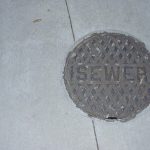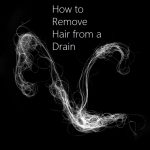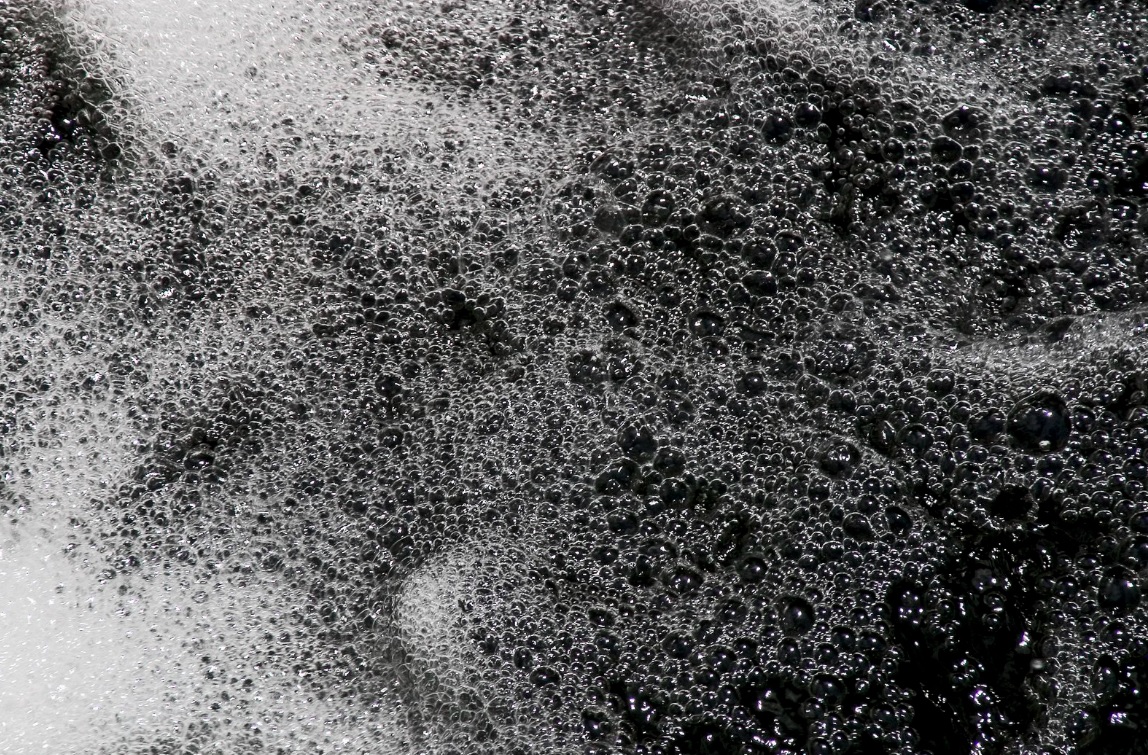If a burst pipe is not quickly and efficiently repaired, it can result in substantial water damage to your property, which might lead to structural problems and the formation of mold. Although competent plumbers can fix the broken pipe and get your plumbing system back up and running, homeowners are often responsible for cleaning up the water damage. This thorough tutorial will assist you in handling and cleaning up water damage from a burst pipe.
Step One: Ensure Safety First
Make sure the environment is safe before beginning any cleanup attempts:
Turn off the Electricity: To prevent electrical risks, off the power if water has gotten into contact with electrical outlets or equipment.
Put on Protective Gear: To guard against any pollutants, outfit yourself with boots that are waterproof, gloves, and maybe a mask.
When it comes to water damage, safety comes first. Cutting the electricity can help avoid mishaps, which is a serious worry when it comes to electrical risks. Wearing protective gear offers a buffer against any sharp items or debris in the water as well as keeping you safe from harmful toxins.
Step Two: Remove Excess Water
It’s critical to remove standing water as soon as possible to stop more damage:
Use Mops and Towels: Mops and towels work well for little amounts of water.
Wet-Dry Shop Vacuum: This type of vacuum is great for collecting higher volumes of water. If you don’t have one, you might want to rent one from a nearby hardware shop.
Significant damage to walls, floors, and personal goods can result from standing water. It will do less damage if you remove it sooner. Particularly for bigger spills, using a wet-dry vacuum is frequently more effective than using towels and mops. It’s important to act swiftly and effectively to reduce the harm.
Step Three: Move and Salvage Items
To stop more damage, remove any furniture, carpets, or other things from the flooded area:
Dry and Clean: If the objects may still be recovered, dry and clean them. Things that are very wet may need to be thrown away.
Examine furniture made of wood, carpets, and upholstery for signs of water damage. Soaked carpets and padding may require expert cleaning or replacement.
It takes immediate action to save items. Items are more likely to sustain permanent damage the longer they stay wet. Particularly susceptible to water damage are upholstered furniture and carpets, which may require expert cleaning or replacement. Drying off and inspecting wooden furniture for warping or other damage is recommended.
Step Four: Dry the Area
To stop mold from growing, the affected area must be completely dried out:
Open Windows and Doors: Let fresh air in by opening your windows and doors when the weather permits.
Use Fans: To aid in drying and air circulation, use fans throughout the space. To aid in the removal of moisture, place them such that air is blown out of the windows.
In order to dry out the space and stop the spread of mold, proper ventilation is essential. Through increased air circulation, fans can expedite the drying process dramatically. Setting up fans to force air out of the windows facilitates the removal of moisture and the introduction of dry, fresh air into the space.
Step Five: Advanced Drying Techniques
For a more thorough drying procedure, take into account these advanced methods:
Dehumidifiers: By drawing moisture from the air, a portable dehumidifier can greatly accelerate the drying process. To maintain the water reservoir’s optimal performance, empty it on a regular basis.
Desiccants: To absorb moisture, apply products like silica gel next to walls or flooring. Hardware and home improvement stores carry these.
In humid locations or during rainy weather, when natural drying may be sluggish, dehumidifiers work particularly well. Desiccants, like silica gel, are useful for concentrating moisture in certain places, like beneath flooring or next to walls.
Step Six: Addressing Structural Components
If water has penetrated the drywall or subflooring, more drastic action can be required:
Examine for Damage: Look for indications of water damage in the insulation, drywall, and subflooring. If left damp for an extended period of time, these materials can grow mold.
Professional Help: If structural elements have been severely damaged by water, you should think about working with a restoration firm. They can find hidden moisture and guarantee complete drying because they have the knowledge and tools, such moisture readers and thermal imaging.
Subflooring and drywall are two structural elements that are especially susceptible to water damage. Should they stay damp, they may grow mold and risk the structural stability of your house. Expert restoration firms have the tools and knowledge necessary to completely dry these areas and stop more damage.
Stopping the Growth of Mold
After exposure to water, mold can begin to grow in as little as 24 to 48 hours, therefore timing is critical:
Clean and Disinfect: To stop mold spores from settling, thoroughly clean and sanitize any surface that has come into touch with water.
Keep an eye out for Mold: Take quick action if you see any telltale indications of mold, such as musty smells or noticeable development.
One of the most important parts of cleaning up water damage is stopping the formation of mold. If mold is not treated right away, it can lead to structural damage and health problems. Disinfecting and cleaning surfaces aids in preventing the growth of mold spores, and routine inspection guarantees that any indications of mold are detected early.
Repair and Restore
The last phases involve fixing and restoring your house after the area has dried:
Replace Damaged Materials: Replace any flooring, insulation, and drywall that are beyond repair damaged.
Reinstall and Arrange: Put back any objects that can be recovered and put your room back in order. Before reassembling anything, make sure everything is completely dry to avoid mold problems later on.
In order to repair and restore your home, you must first evaluate the damage and replace any unsalvageable items. This might involve flooring, insulation, and drywall. After the repairs are finished, you may put back any objects that were rescued and reorganize your area. To avoid mold problems in the future, make sure everything is completely dry before replacing it.
When to Make an Expert Call
Although homeowners can frequently handle minor water damage on their own, in certain cases professional assistance is required:
Extensive Damage: Expert water mitigation services could be necessary if more than one room is impacted or if water has been there for longer than eight hours.
Health Concerns: It’s advisable to speak with experts to make sure the area is totally dried and sanitized if you have allergies, respiratory problems, or other health concerns.
When there has been significant damage or when water has been present for a long time, professional water mitigation services are frequently required. These services may guarantee that the region is completely dried up and sterilized, as well as avert more harm. Because mold and other pollutants can offer major health hazards, it is also advisable to seek expert assistance for health concerns including allergies or respiratory disorders.
Tips for Preventing Future Water Damage
Regular maintenance and being aware of possible problems in advance are key to preventing further water damage:
Regular Inspections: Check your plumbing system frequently for corrosion or leaks, two indicators of wear and tear. Major problems can be avoided with early notice.
Insulate Pipes: To keep your home’s pipes from freezing and bursting in the winter, insulate the pipes in the coldest places.
Maintain Appliances: Make sure that water-using equipment, including dishwashers and washing machines, are kept in excellent operating condition and receive routine maintenance.
Set Up Water Alarms: Take into account setting up water alarms in locations that are prone to leaks and close to appliances. These alarms can notify you in advance of any water damage, enabling you to take appropriate action before it worsens.
Numerous problems with water damage may be avoided with routine plumbing system maintenance and inspections. Simple actions like appliance maintenance and pipe insulation can help avoid expensive repairs and water damage. As a measure of precaution, water alarms can notify you of possible issues before they become significant.
Conclusion
Following a burst pipe, there are a few important things you must do to make sure your house is safe, dry, and mold-free. Much of the possible damage can be reduced by moving fast to remove any standing water, dry the area, and clean any impacted goods. But when professional help is required, don’t be afraid to get it-especially if there has been significant water damage or if structural elements are involved. After a plumbing disaster, your home’s integrity and health depend on proper cleansing and repair.
You may save time, money, and stress by preventing future water damage with routine maintenance and preventive actions. Water damage can be disastrous, but you can save your house by taking simple precautions and being aware of any problems. Knowing how to properly clean up and repair your property is essential for maintaining its worth and guaranteeing the safety and well-being of your family, regardless of the severity of the leak or flood.





